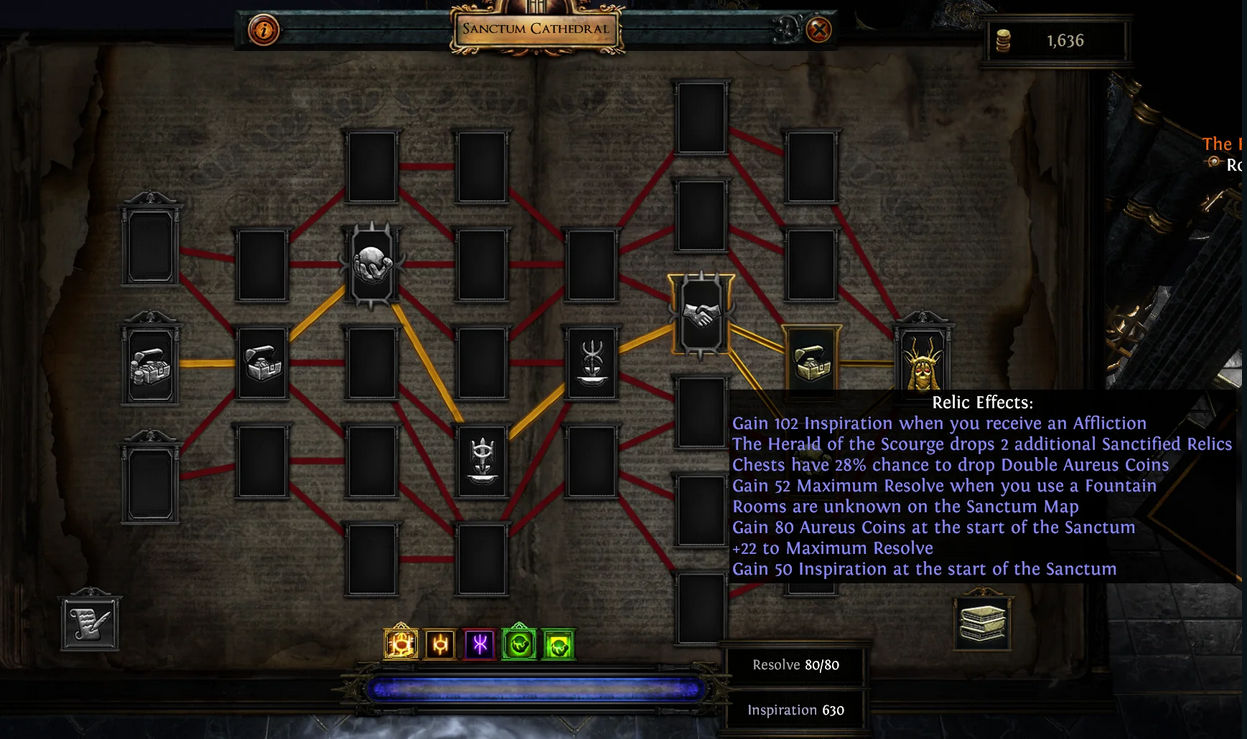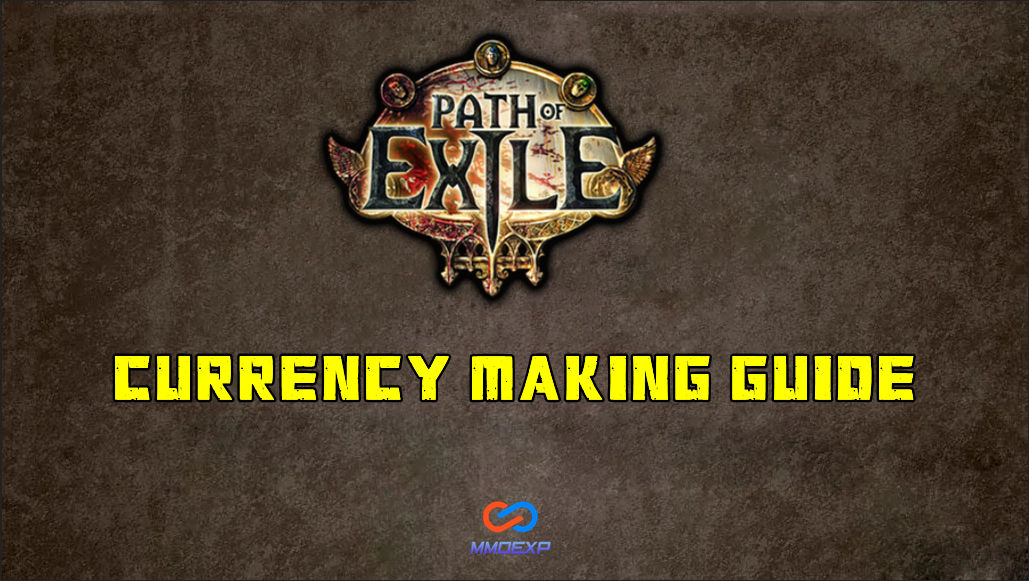In the realm of Diablo 4, the concept of legendary aspects modifying skills brings forth an intriguing dilemma. While these aspects can bestow significant buffs and alter a skill’s behavior, they often pigeonhole players into specific playstyles, limiting the flexibility and diversity of a skill. The proposal advocates for a more nuanced approach, separating legendary aspects that modify skills from those offering generic power gains.
Legendary aspects that significantly modify a skill, introducing potential playstyle shifts, should find their place within the skill tree. This strategic shift ensures that the base skill remains potent and viable even without the legendary aspect. For instance, using the skill Ball Lightning as an illustration, the current situation mandates a melee range playstyle with the legendary aspect. However, the proposed adjustment would empower the base skill, allowing players to choose between a ranged or melee approach. The legendary aspect could then specialize the skill further, such as reducing the number of balls fired but ensuring they orbit the player for increased hits.
To maintain the sense of progression and discovery, the legendary aspects could still be tied to specific conditions. For instance, an empty slot in the skill tree as a third choice for the skill modification, alongside the existing two choices, or an additional point expenditure after selecting one of the two specializations could unlock the legendary aspect socket for the skill.
Conversely, non-skill aspects, which predominantly provide generic power gains, should continue residing on gear. These aspects offer flexibility in build customization, delivering either generic enhancements or specialized powers like damage based on barrier. By keeping these generic aspects on gear, players can experiment with different combinations to tailor their characters to various playstyles without restricting the viability of the base skills.
The critique extends to the current state of Diablo 4, particularly the impression that the game lacks a visionary figure akin to Shigeru Miyamoto, the renowned creator of Mario. The analogy suggests a need for a creative leader who can communicate innovative ideas to the development team, fostering collaboration and implementing diverse gameplay elements. The sentiment conveyed is that the current development team, dominated by coders, may be resistant to constructive criticism, resulting in gameplay that is perceived as lackluster or mediocre.
Acknowledging the perspective of a casual player who finds enjoyment in exploring fun builds and progressing at their own pace, concerns arise for more dedicated players investing significant daily hours. The perceived limitations in the current system raise questions about the longevity of interest for players seeking diverse and challenging experiences. In contrast to games like Path of Exile (POE), where the multitude of build options is a hallmark, Diablo 4 appears to offer fewer avenues for exploration and creativity.
The closing remarks express a level of skepticism regarding potential future changes, suggesting that the developers may opt for minor adjustments to pacify the community rather than implementing more substantial alterations that address the core issues in the game’s design.
In conclusion, the proposal advocates for a thoughtful separation of legendary aspects, emphasizing skill modification, from generic aspects for enhanced flexibility and build diversity. The analogy to Shigeru Miyamoto highlights the potential benefit of having a visionary leader guiding the development team toward innovative gameplay elements. The concerns raised underscore the importance of addressing the limitations in the current system to maintain player engagement and foster a thriving Diablo 4 community.
Q:How can I get Diablo 4 Gold faster?
A: Buy Diablo 4 gold directly from mmoexp.com. Fast and safe.
Have a good time in Diablo 4 S3.




